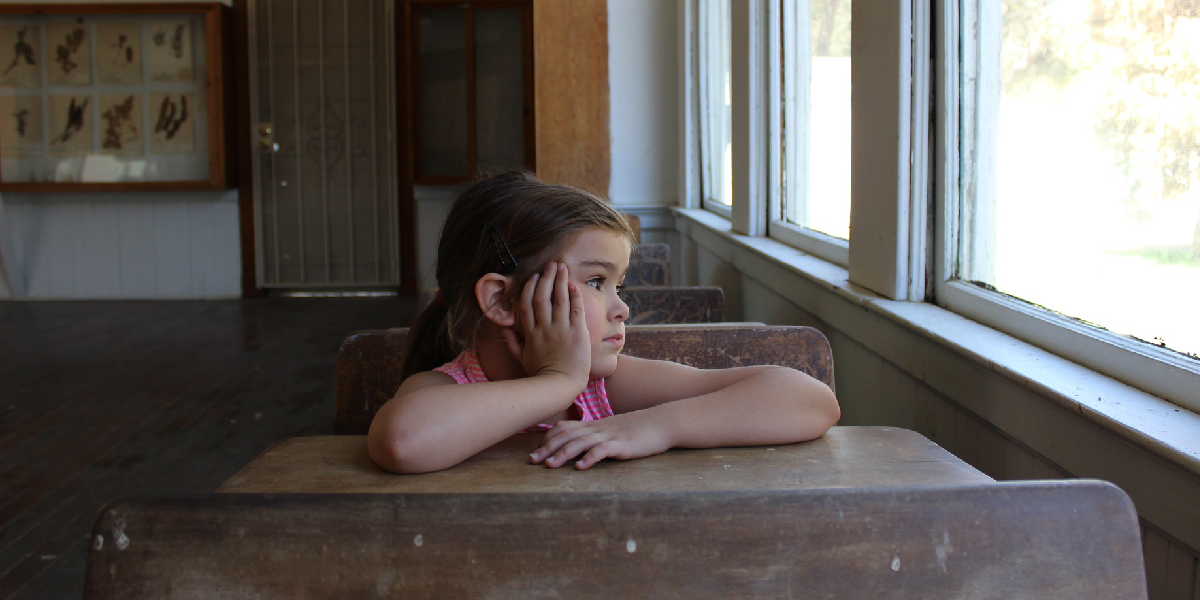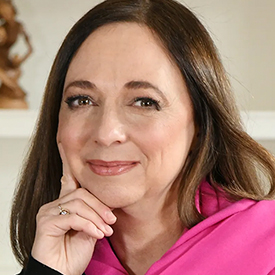Do you remember the news story about Natalie Munro, the high school English teacher from Pennsylvania who blogged her true feelings about her students? Apparently failing to comprehend the public nature of the Internet, she mused about the nasty things she wished she could write on her students’ report cards.
It was an abuse of trust and a blinkered use of the blogging medium. But that’s not what I want to focus on; others have already covered that very effectively.
I want to talk about Munro’s view of quiet and shy students. Here, according to her blog entry of January 21, 2010 (since removed), is what she wished she could put on their report cards:
“A kid that has no personality.”
Trending: Best Happiness Books of 2025 (So Far)
“She just sits there emotionless for an entire 90 minutes, staring into the abyss, never volunteering to speak or do anything.”
“Shy isn’t cute in 11th grade; it’s annoying. Must learn to advocate for himself instead of having Mommy do it.”
Munro seemed to have no understanding of how poor a fit the typical American high school can be for introverts—like an all-day cocktail party without any alcohol. She believed that these kids should suck it up and act like everyone else. And she was right, to a certain extent; we all need to fake it a little, extroverts too. I’ve met many introverted kids who are thriving and happy, and most of them have learned how to adopt an extroverted persona when need be. But consider this question:
Why do so many high-functioning people look back at high school as the worst time of their lives—and why do we accept this as normal?
As adults, we (hopefully) get to choose the careers, spouses, and social circles that suit us. Bill Gates and Bill Clinton thrive in very different work environments. But for schoolchildren, it’s one size fits all—and the size on offer is usually extra-extroverted.
Trending: Why Rest is the Biggest Productivity Hack for Your Brain
One saving grace are the teachers who understand this—the teachers who connect with the kid in the back row thinking amazing thoughts that he’s uncomfortable sharing aloud with 25 classmates. I’ve spent a lot of time touring schools and observing classrooms, and I’ve met some great and sensitive teachers along the way.
I also know how hard it is for teachers when students are reluctant to participate in class. Once I taught two back-to-back negotiation seminars—a Wednesday night class and a Thursday night class. The Wednesday night class discussions were always lively and animated. But in the Thursday night class, the participants stared at me as if I had two heads and wanted me to do all the talking.
This made my job so much harder and—on a day-to-day basis—less fulfilling. Some of those students wrote me letters when the class was done, expressing how deeply they’d enjoyed it. I was surprised each and every time; I’d assumed they hadn’t liked the class at all. So I have tremendous respect for teachers who work gracefully with their “Thursday night” students.
But I’m afraid that they are the exceptions; research suggests that the majority of our teachers believe that the “ideal student” is an extrovert. Which is extraordinary, when you consider how many of our greatest thinkers were introverts. Charles Darwin, Albert Einstein, George Orwell, Steven Spielberg, Larry Page, J.K. Rowling: none of them would have made “ideal students.”
Trending: How to Break Free From the Ambition Trap
If I had one wish, it would be to reverse the stigma against introversion for children so that the next generation doesn’t grow up with the secret self-loathing that plagues so many introverted grown-ups today.
This post originally appeared on Quiet Revolution.





























